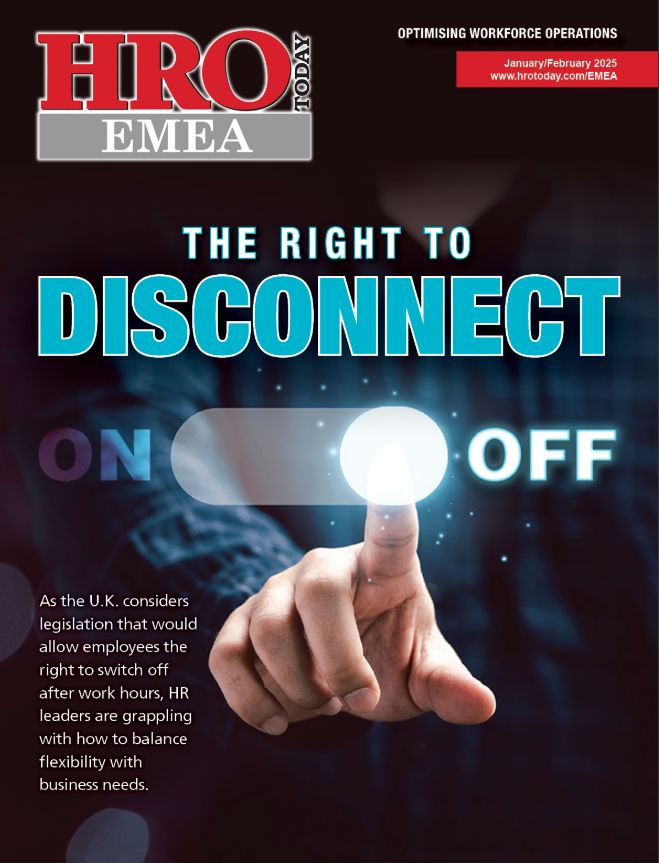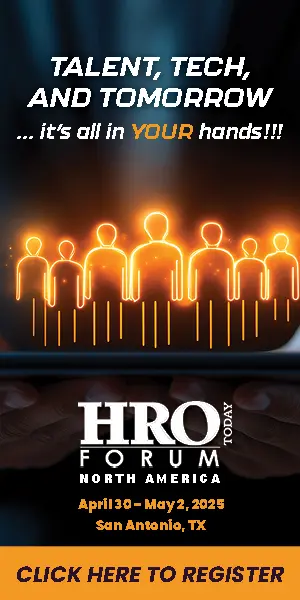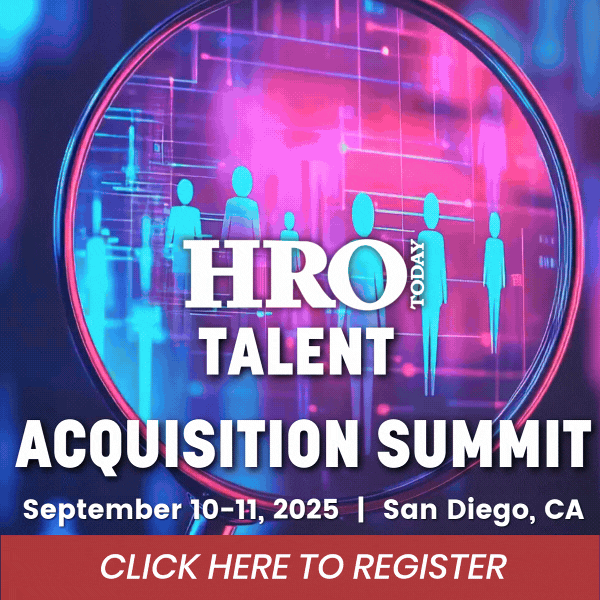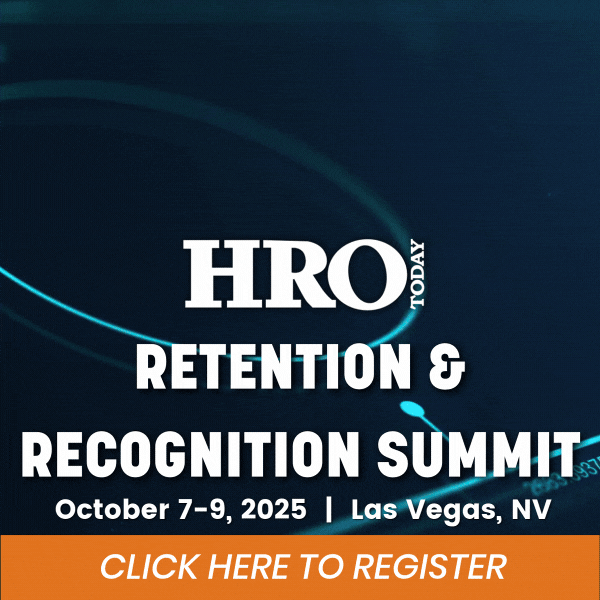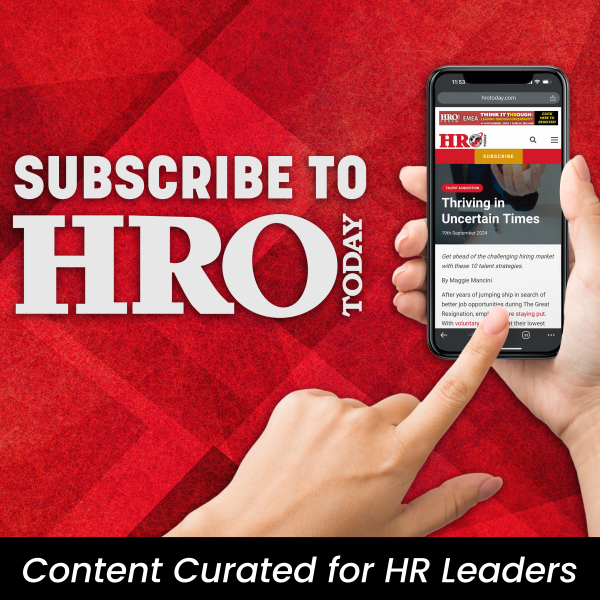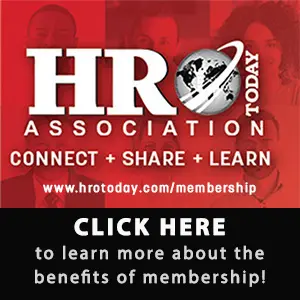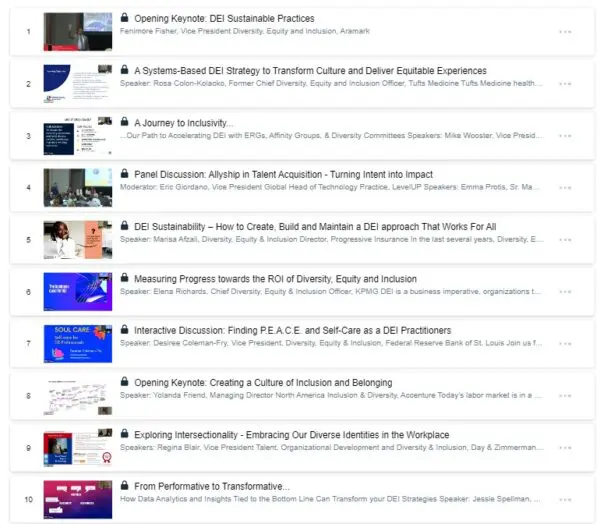As hybrid work environments become the norm, organizations should rethink how they are getting new employees up to speed.
By Huda Leininger
It’s been more than four years since the global pandemic forced a reimagining of the workplace. Where most jobs had once been almost entirely on-site, today’s roles combine in-person and remote work in various ways—from office-first to remote-first and almost anything in between.
As schedules have evolved, however, onboarding has in many cases remained the same. The structures that existed in 2020 were shoehorned into the hybrid workplace and haven’t as often been fully adapted to a new era.
Revisiting the onboarding plan with a better appreciation of hybrid work realities is now essential. In fact, according to an article from the Society for Human Resource Managers, 69% of employees are more likely to stay with a company for three years if they enjoy exceptional onboarding. Hiring for the hybrid workplace can’t be left out of that equation.
Here are four strategies for enhancing the onboarding experience to maximize the retention benefits.
1. Get key figures involved.
A personal impression is powerful. Depending on the hybrid structure, be sure to continue to host the in-person presentations from key leaders that have always taken place during orientation. Simply schedule them for group on-site days.
In remote-first environments where employees work different schedules—or if leaders aren’t available to address each new hire cohort—roll out other ideas to introduce key faces and personalities. Film impactful messages from the individuals that employees should get to know. Share these videos as early as the first day, then find opportunities to roll out new clips throughout the onboarding period.
2. Communicate effectively and consistently.
Hybrid arrangements invite choice, so ask employees how they communicate best. Do they like video or voice calls, emails or instant messaging? Do certain modes of communication work better for different purposes? For example, a chat session might be sufficient to address a straightforward question, but performance reviews may be best in person.
Flesh out employees’ preferences and define the standards. For example, make it clear which meetings require attendance on site and which can be joined remotely. Create a clear set of expectations around participation in remote meetings for camera use and audio engagement.
Finally, ensure everyone understands when they are expected to communicate. Can an email received after hours or during a busy shift wait until the next day? What about a manager’s phone call? And who is the team member’s main point of contact? As the hybrid workplace breaks down barriers between job and home life, redrawing some lines can ease employee stress.
3. Mix up the training formats.
Harness the power of a learning management system and formal instructional design process. The goal: Deliver inspiring, effective training. The solution: Blend tactics.
Leverage on-demand learning, such as e-learning courses, videos, and independent assignments, that can happen any time, in office, or at home. But don’t leave employees entirely on their own. Incorporate synchronous live facilitation as well.
Activities that happen in real time bring employees together with a facilitator or instructor. These sessions can be in person or virtual, or a combination. Either way, they provide a setting in which to ask questions, engage in small group activities, and participate in discussions.
Be intentional when selecting each content piece and consider how one form of learning can build on the other. For instance, offer an on-demand course to start and include a quiz. This gives managers an idea of the concepts employees have grasped. Host a live session to answer questions, fill gaps, and engage in open discussions of more nuanced topics. With different approaches to the learning experience in place, employees deepen their interaction with the subject matter—and with each other.
4. Monitor results.
Monitoring outcomes is the only way to know how to improve onboarding processes. There are many ways to assess progress, including by:
-
tracking on-demand course completion;
-
compiling quiz results and other reporting;
-
gauging understanding and engagement during live trainings;
-
distributing surveys at key points during the onboarding process; and
-
evaluating employee performance and adherence after onboarding.
These are all great techniques but the most powerful of all? Just ask!
69% of employees are more likely to stay with a company for three years if they have an exceptional onboarding experience.
Have an HR leader sit down with each employee to review the onboarding experience. The 90-day touchpoint is often a good time for a conversation and get feedback. What was their initial impression of the organization? What onboarding elements worked? Where did they struggle? What suggestions can they offer?
Employees may at first be reluctant to offer critiques. Relating how the organization has acted on previous input can demonstrate that constructive criticism is not only welcome but impactful. Creating a safe space for feedback opens the door to help HR collect better information about onboarding, while also setting the organization apart as one that truly listens to employees.
Looking Forward
Organizations tend to only focus on the first few days or weeks of employment. If tactics work when an employee is new to the job, why not apply the same approaches across their tenure?
-
Continue to offer employees face time with leaders—in meetings, through videos, and via emails and other messages that keep them up-to-date on the organization’s mission, goals, and achievements.
-
Hone communications and get creative in how you invite individuals to contribute in person, in virtual environments, and in both.
-
Expand the concept of “training” beyond the new hire stage to build individualized career paths, leveraging on-demand options that enable employees to fit in professional development alongside other responsibilities.
-
Touch base regularly, especially with personal conversations that shine light on what the employee values most and what support they need to reach their full potential.
The hybrid workplace feels new but in many ways, it requires the same close attention to the employee experience as it always has. If the change in venue and the integration of technologies inspires HR professionals to reexamine and reimagine onboarding simply because it’s gone hybrid, then organizations and the people comprising them will be better off.
Huda Leininger is vice president of human resources at Asurint.






